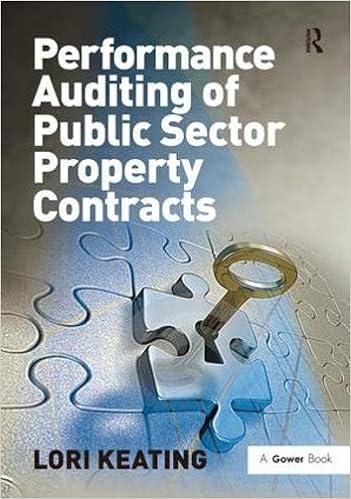

Real Cool produces two different models of air conditioners. The company produces the mechanical systems in their components department. The mechanical systems are combined with the housing assembly in its finishing department. The activities, costs, and drivers associated with these two manufacturing processes and the production support process follow. Driver Process Activity Components Changeover Machining Setups Overhead Cost $ 523, 250 376,800 332,100 Number of batches Machine hours Quantity 910 8,000 180 Number of setups $1,232,150 Finishing Welding $ 244,720 4,600 Inspecting 305,300 Welding hours Number of inspections Rework orders 860 Rework 82,600 280 $ 632,620 Support $ 193,050 30, 700 Purchase orders Number of units 495 4,800 Purchasing Providing space Providing utilities 59,060 Number of units 4,800 $ 282,810 Additional production information concerning its two product lines follows. Model 145 Model 212 1,600 3,200 1,200 3,400 455 455 Units produced Welding hours Batches Number of inspections Machine hours 500 360 5, 350 90 Setups Rework orders Purchase orders 2,650 90 160 330 120 165 1. Using ABC, compute the overhead cost per unit for each product line. 2. Determine the total cost per unit for each product line if the direct labor and direct materials costs per unit are $240 for Model 145 and $118 for Model 212. 3. Assume if the market price for Model 145 is $895 and the market price for Model 212 is $530, determine the profit or loss per unit for each model. 3. If ABC is used for assigning overhead costs to products, what is the cost per unit for Product A and for Product B? Machine setup 0 Materials handling 0 Quality control inspections Overhead Assigned Activity Driver Activity rate Total Overhead Cost Product A Machine setup Materials handling Quality control inspections $ 0 Product B Machine setup Materials handling Quality control inspections $ 0 Product A Product B Total manufacturing costs Direct Materials per unit Direct Labor per unit Overhead per unit Total manufacturing cost per unit 4. Determine the profit or loss per unit for each product assuming ABC costing. Product A Product B Market price Should this information influence company strategy








